
| LarryFrolich.com |
 |
 Natural Selection
Natural Selection
Wish List
Fitness
what is it and how is it measured
fitness landscapes as more realistic view of fitness
Genetic Drift
How does genetic drift happen?
How it serves as a "null hypothesis" for natural selection
Natural Selection
so easy to understand in theory--be sure you can create a hypothetical example
so easy to see when humans do the selecting--almost all of Darwin's examples were what he called "artifical selection"
Is there a difference between natural and artificial? Only if you see we humans as artificial.
Gene Flow
Just the population-level expression of variation produced by sex
Inbreeding Depression
Just the problem when sex, or recombinant DNA system, evolved for a particular level of "gene flow" or interchange among individuals, gets waylaid by exchange among a limited number of individuals.
Overview Videos
Natural Selection Simulators
The simplest one: Watch how genotype and environment interact as the little critters reproduce for five generations--results depend on how you set initial allele frequencies and what environment you choose. From McGraw Hill
The Guppies: Based on the famous John Endler Guppy experiments. Still the best example of actually measuring natural selection in the wild, and in simulated lab environments. Choose the kind of guppy, the kind of predator and watch what happens. From PBS
Full gene frequency calculator. Let the simulation do all the math of the p's and q's. But you select initial gene frequencies, fitness, number of populations to simulate, number of individuals in the population and number of generations. You can play with this one for hours. Even has mutation rates and bottlenecks. From Radford University
Fitness
"Fitness, to a geneticist, is not the same as fitness to a movie director or a sports columnist. Fitness is not measured by physical attributes, it is measured by the number of offspring produced in the next generation that survive and reproduce. In a hunting-gathering society, the most fit person may have been the near sighted male who could not go on the hunt because he would stumble and make too much noise. If he were left behind to gather fruit and berries with the women, he may have become the most fit person in the tribe. Grandchildren, great-grandchildren, etc., are the best measures of the fitness of an individual. This has always been my favorite explanation of why so many of us are near sighted, and why society changed from hunting-gathering to agriculture. It's all population genetics!
"The most fit phenotype in the population is assigned a fitness of 1. If there are two equally fit phenotypes, each is assigned a fitness of 1. Those less fit must be assigned a fitness of less than 1. The difference between 1 and the fitness value is called the selection coefficient. The relationship between fitness, w, and the selection coefficient, s, is given by the equation, w = 1-s."
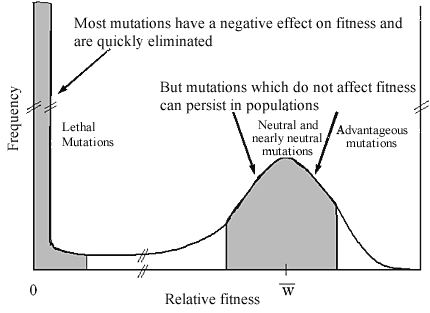
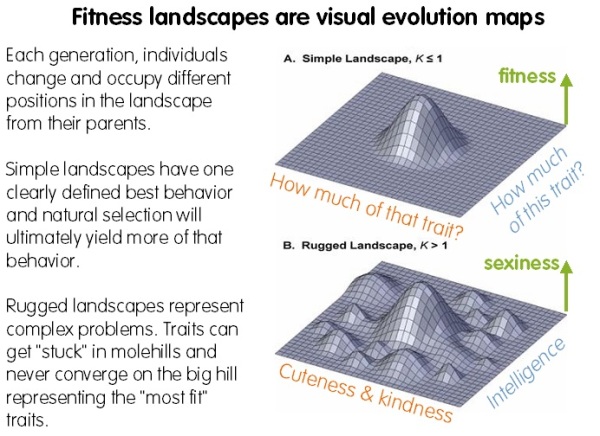
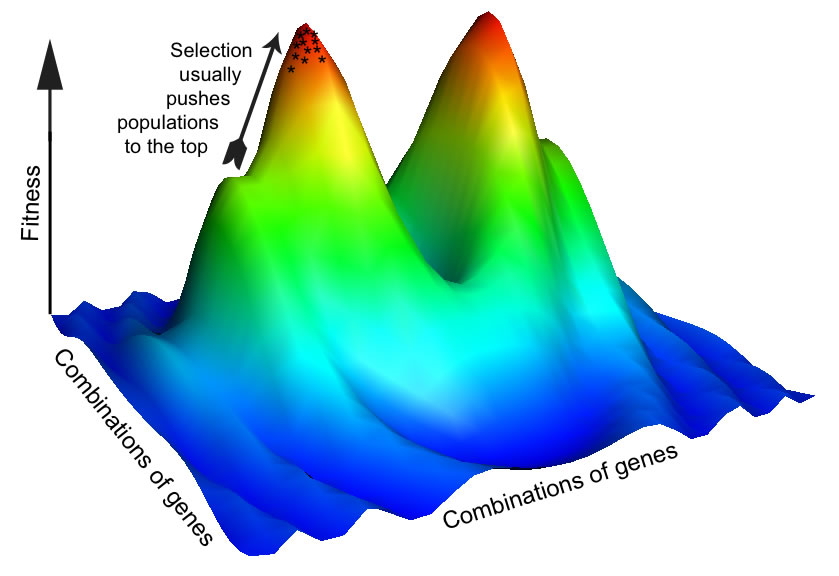
Genetic Drift
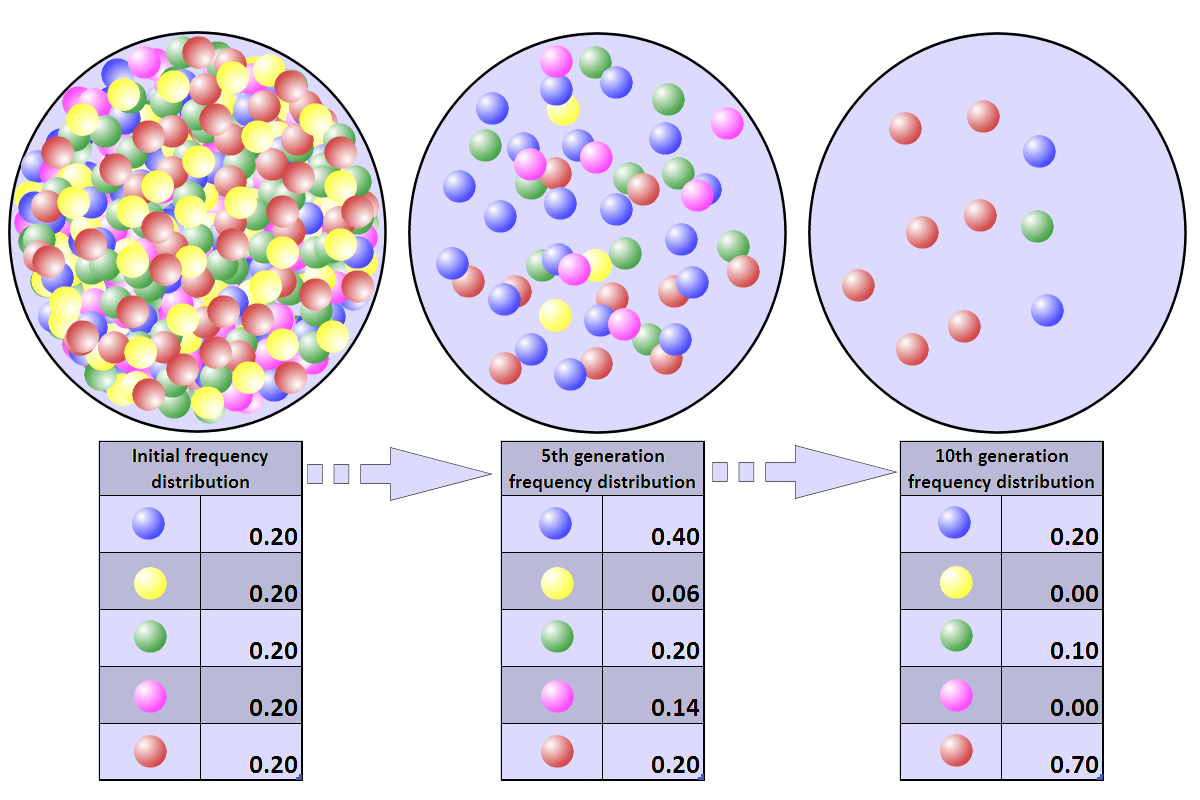
Nice article from FamilyPedia on genetic drift--gives plain English and also the math
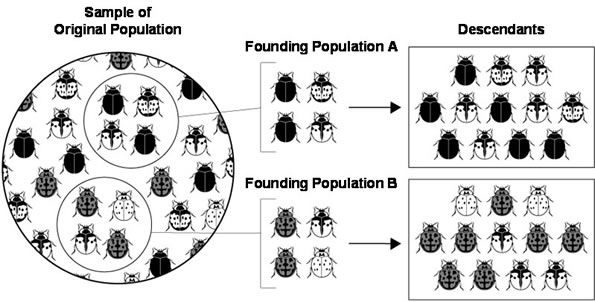
Genetic Drift as the null hypothesis. How can we tell when evolutionary change is due to natural selection?
We can tell the story--we identify a difference in fitness and then we see a population change in a direction that the fitness difference should drive it.
But how can we be sure it's still not just random drift? The math can help, but so many other factors complicate it.



Bottlenecks and Founder Effects--genetic drift at its extreme
Natural Selection
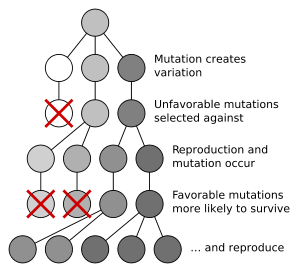
How do we tell this from genetic drift?
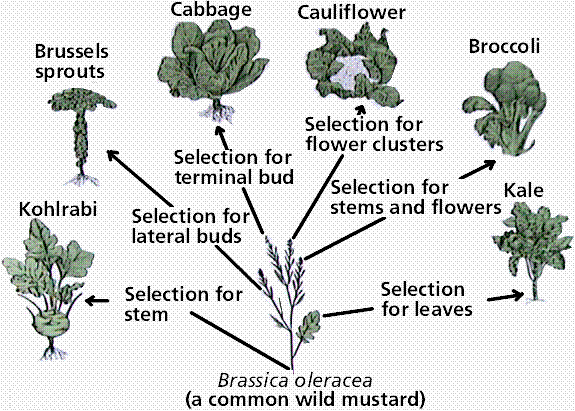
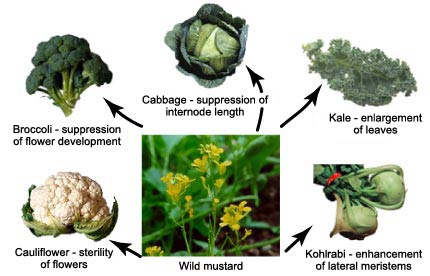
When we are the selective force


Continuum of deliberate human versus non-intervention natural selection
Gene Flow

Sex can really mess things up, allowing genes to "flow" from one population to another.
In fact, gene flow is just a way of looking at the results of production of variation by sex
Even bacterial and viral gene transfers are considered "gene flow" and may be very important at population level.
Inbreeding Depression
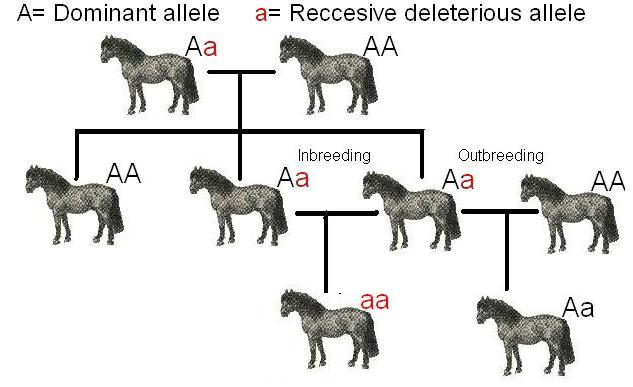

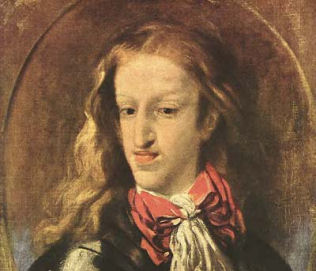
Inbreeding Depression. This is just the negative side of the variation produced by sex, as viewed at the population level.
What's interesting about inbreeding depression is that it takes us right back to the question of how the production of variation, and the factors that constrain that production, can lead to the parsing of organisms into species, and the parsing of biological organization into hierarchically stable components like cells, organisms, and species.
Web Resources
Gene Flow from Nature magazine Knowledge Project--good graphics
University of Ilinois at Chicago--good review of basic genetic concepts for Mol Bio course
Evolution concepts applied to software designers
Lesson from Natural Selection for international aid workers
Nice review article on Fitness from Allen Orr (Nat Rev Genet.)
Larry M Frolich, Ph.D.
∞
Miami Dade College
∞
Wolfson
Campus
∞
Natural Sciences
∞
Miami, FL
33132
∞
Office 1504
∞
(305) 237-7589
∞
e-mail
![]()